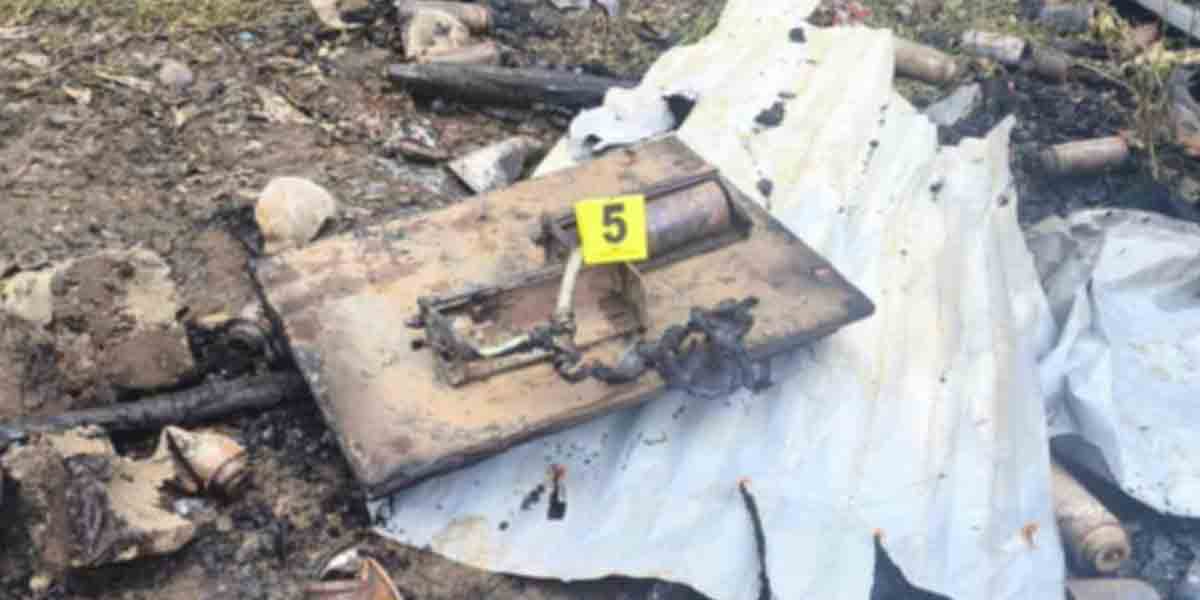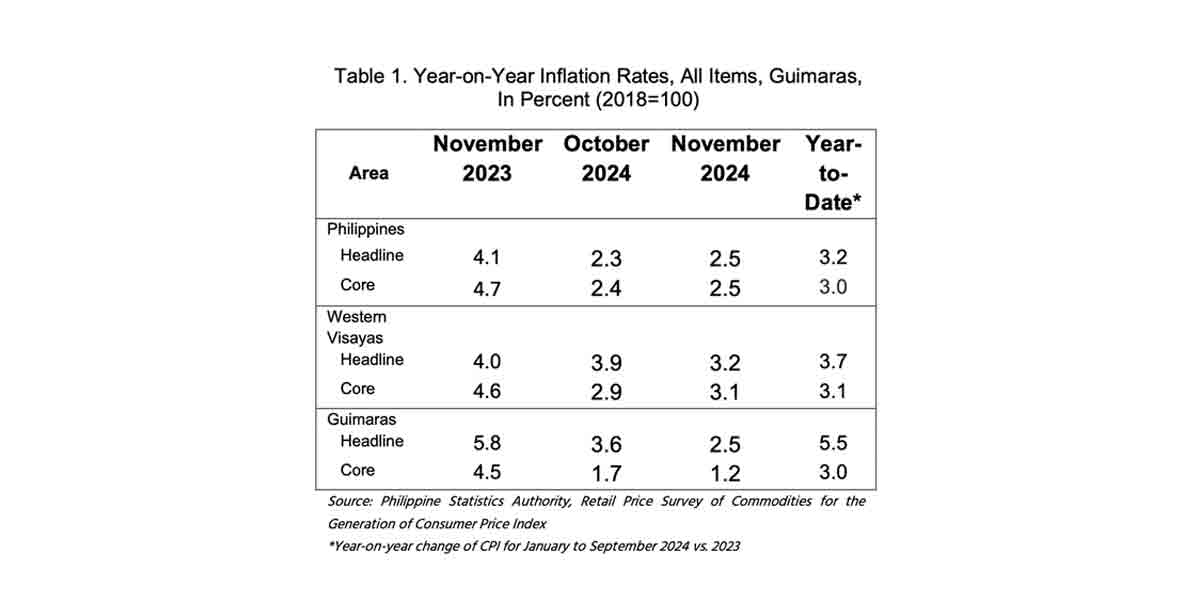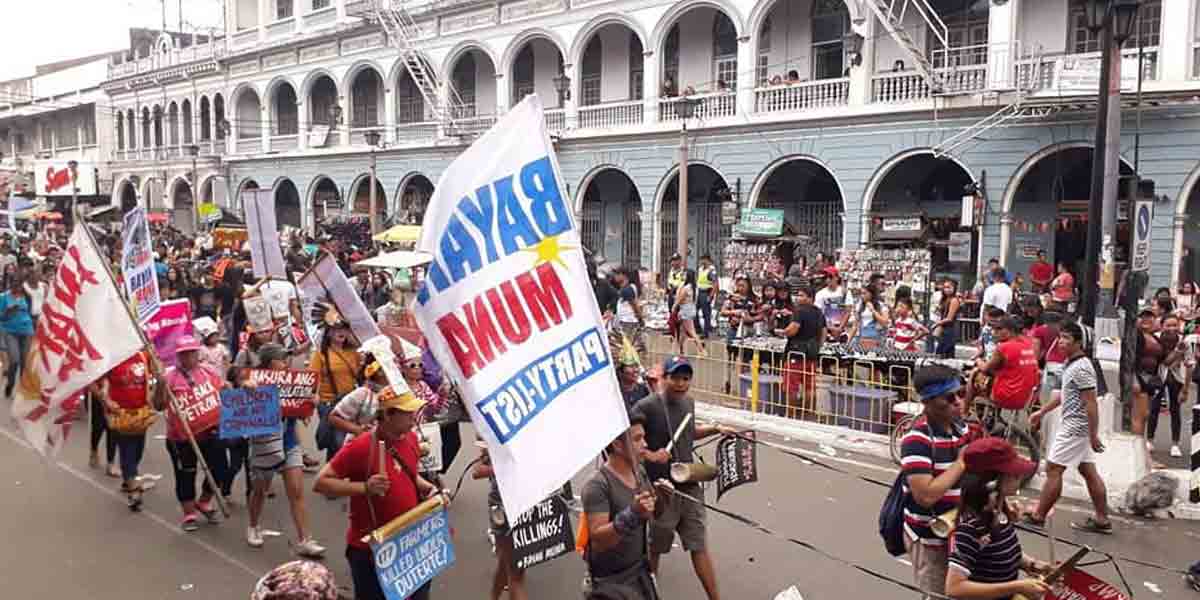
By Engr. Edgar Mana-ay
In recent days, hostilities mounted between Iran and the United States, threatening an all-out war in the Middle East between the two countries due to an American drone strike at Bagdad Airport in Iraq that killed Iran’s highest military officer, Maj. Gen. Qassem Soleimani.
Soleimani was the most revered military man in Iran and commander of Iran’s elite Quds Force and chief architect of proxy operations against the Americans and its allies in the Middle East.
In the aftermath of the 2003 U.S. invasion of Iraq, Soleimani directed clandestine operations against US troops and its allies that resulted in the death of more than 600 American troops, in large part by arming insurgents with specialized roadside bombs. The lawful killing of arch terrorist Qassem Soleimani should be welcomed by all who applauded the liquidation of Osama Bin Laden by Pres. Obama.
Soliemani, like Bin Laden, murdered and maimed thousands of Americans. He also destroyed hundreds of thousands of lives in Syria, Iraq, Lebanon, Yemen, Israel, Gaza and in Iran itself.
U.S. opposition, as usual, led by the over stretched face Speaker Pelosi trumpeted that the air strike on General Soleimani was “provocative and disproportionate and that it endangered our service members, diplomats and others by risking a serious escalation of tension with Iran.”
Sure enough, everyone expects Iran to retaliate. Iran’s supreme leader, Ayatollah Ali Khamenei (a close ally and personal friend of Soleimani) in a rare appearance before Iran’s National Security Council, laid down the parameters for revenge and retaliation. It must be a direct and proportional attack on American interests and should be carried openly by Iranian forces themselves. This is a startling departure from their SOP (standard operating procedure) of cloaking its attacks behind proxies and lap dogs cultivated around the region. It appears that Iran is itching towards a direct military confrontation with the U.S. and its allies like Saudi Arabia thereby raising the prospect of a wide and unpredictable conflict in the Middle East.
Oil prices jumped on the possibility that war in the Middle East will disrupt oil supplies. As of February 7, U.S. crude rose 22 cents to settle at $63.27 per barrel. Brent crude, a benchmark, climbed 31 cents to $68.91 a barrel. Gold rose $17 to settle at $1,566.20 per ounce, its highest level in nearly seven years.
As Trump returned from his Mar-a-Lago Estate in Palm Beach, Florida, he threatened to attack 52 specific targets (symbolic of the 52 Americans held hostage for more than 5 years inside the American Embassy it occupied 15 years ago) if Iran retaliated. On the same day, Iraq’s parliament also voted to expel the 5,000 U.S. troops deployed there due to mounting anger over Soleimani’s death, but Trump said “no way”, after spending billions of dollars for an expensive air base unless “they pay us back for it”. This is the problem with Iraq, it can never achieve lasting peace for as long as it plays and frolic with both Iran and the U.S. instead of adapting an independent neutral posture.
Political opposition questions if Trump has really a coherent Iran strategy. He does. It’s called a “maximum pressure” strategy. It uses all instruments of national power to weaken Iran primarily thru severe economic sanctions which has greatly crippled Iran’s economy to the point that it is now in a severe recession. This in turn caused mass demonstration from the populace against the mullahs due to an almost a 20% unemployment and severe high food prices. What the strategy lacked was a military deterrence. Trump was wary of an armed conflict, but his red line was American blood. When Soleimani killed an American and wounded four others in Iraq last Dec. 27 on a U.S. base in Iraq and was reportedly plotting additional attacks, Trump responded unequivocally by ordering the drone attack on Soleimani as he was leaving his private military plane at Baghdad airport. It was a high-risk decision that none of his predecessors opted to take out of concern that it would cause an all-out war with Iran.
As this is being written, President Trump with his vice president Mike Spence and all the high-ranking military staff behind him made a nine minute address to the nation on TV and began by saying he will never permit Iran to have a nuclear weapon. The previous day Iran fired more than a dozen rockets at US bases in Iraq as a retaliation for the killing of Soleimani but appears to be deliberately done not to cause substantial damage, just a “pounding of the sands”, some reporters calls it. It appears that Iran is standing down and not willing to battle head on the mightiest nation on earth, which is a very good thing for the world. The Iran retaliation may have been aimed at portraying strength at home while avoiding escalation against a superior military, which means Iran blinked first.
Given his bellicose and warlike character, Trump, in his address was also surprisingly restraint and conciliatory which is again good for the world. The president signaled he was open to negotiation with Iran but said Iran must change its behavior and expressed hope that U.S. economic sanctions and military deterrents would motivate Iran to cooperate. He also touted the weight and might of U.S. military which of course is true. Speaking to Iran’s leaders, Trump said: “We want you to have a great future-one that you deserve, one of prosperity at home and harmony with the nations of the world. The U.S. is ready to embrace peace with all who seek it”.
Very encouraging words especially for us Filipinos who are 70 percent dependent on our liquid fuel requirements from the Middle East. No country in the world that imports more than 40% of its total energy requirements, ours at P7.8 billion per day in 2018, can rise above poverty level. If Middle East catches a cold, as a small and importing nation, we will already have an acute pneumonia, hence continued peace in the Middle East is very vital to our economy.

























